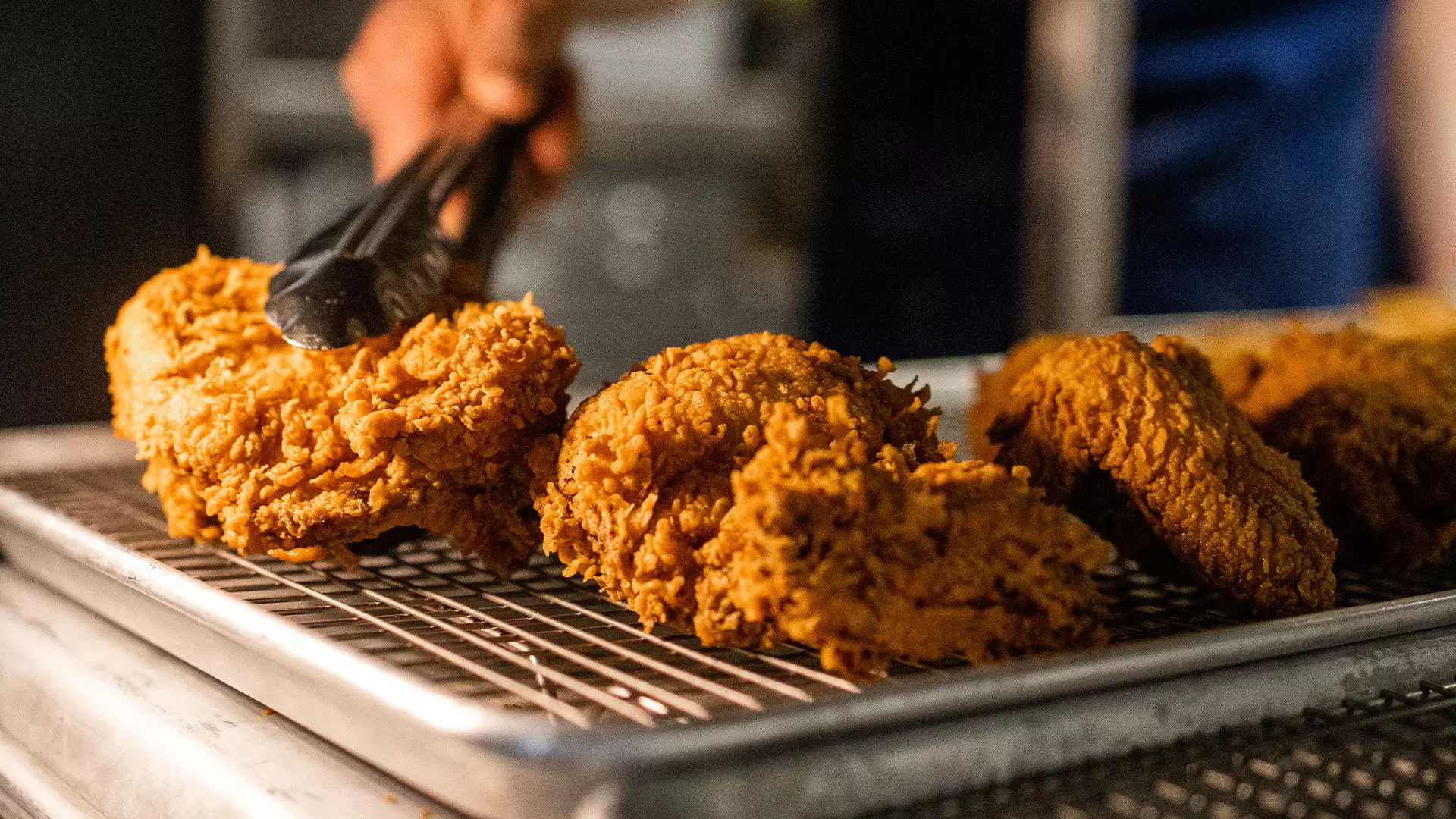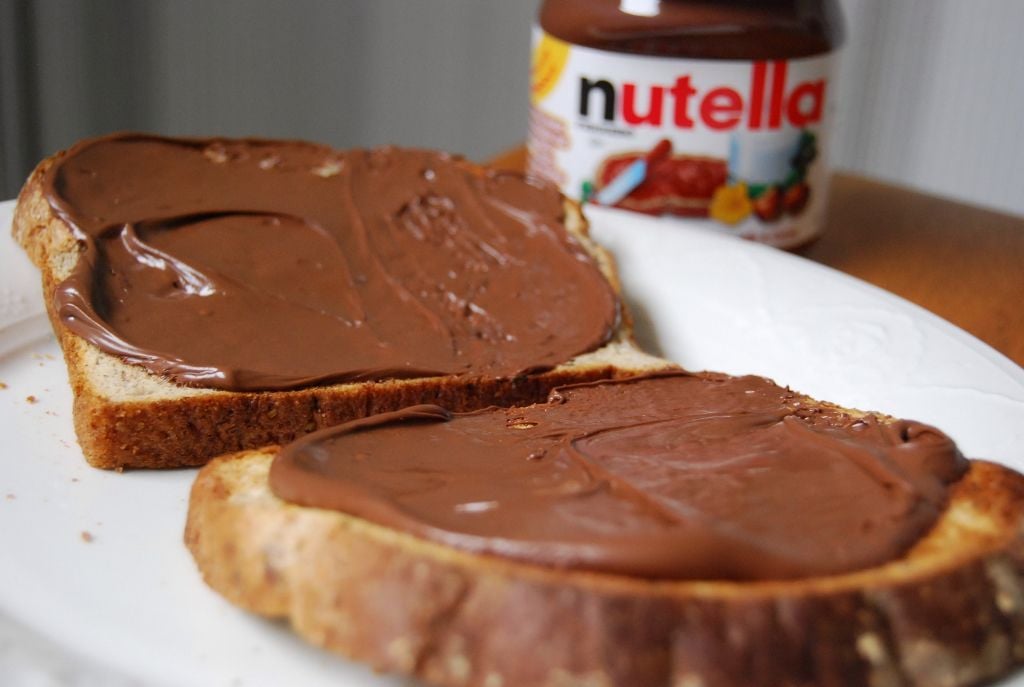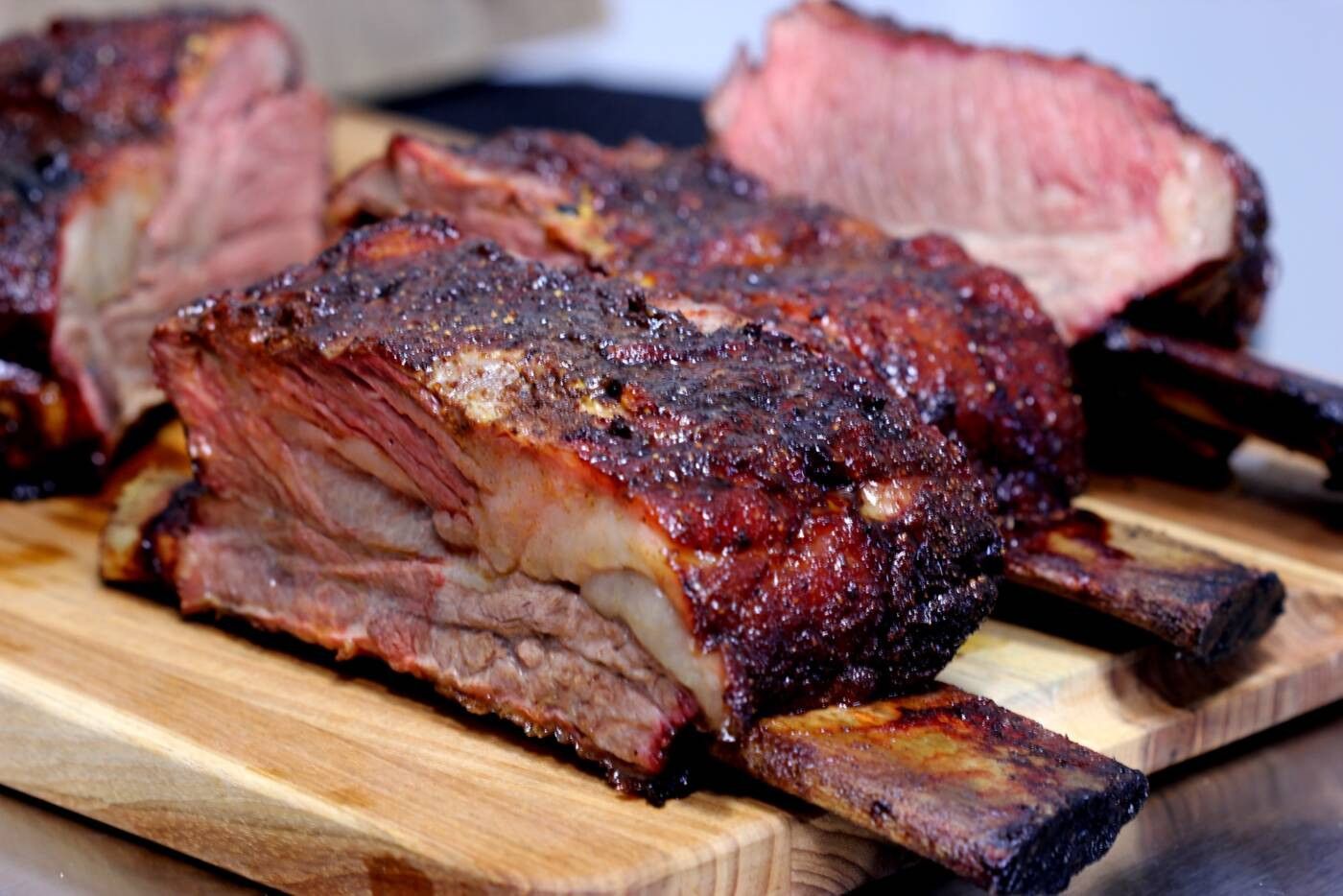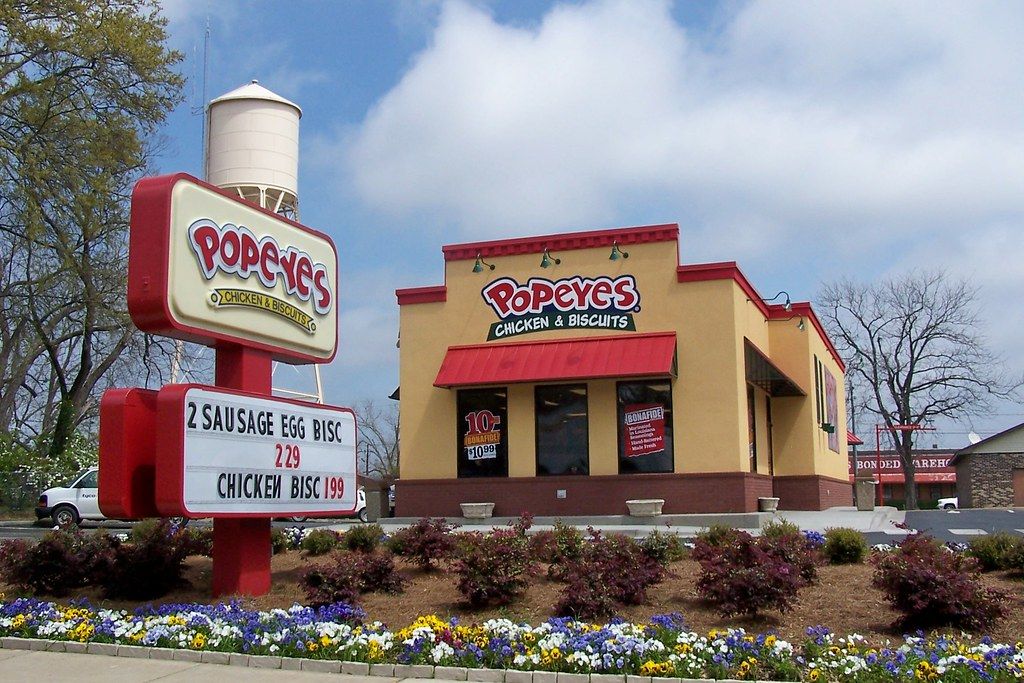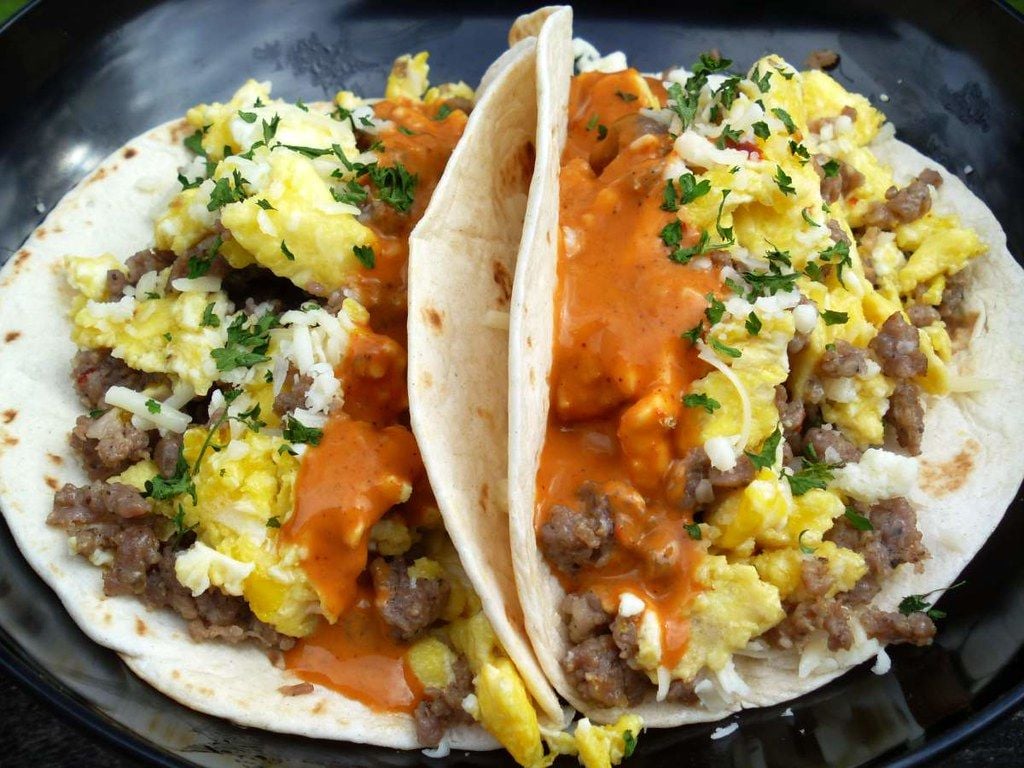
Unveiling The Magic of Modern Cognac: A Journey Through Time
- Dec 11, 2024
As you saunter through the vaulted cellars of the Château de Cognac, it feels like stepping back into the pages of history. This legendary edifice dates back to the 10th century when a fortress stood proudly above the Charente River in southwestern France. Centuries later, it would witness the birth of King François I. Today, it houses the operations of esteemed Cognac producers, Baron Otard and D’Ussé.
The ancient world of Cognac production, however, is anything but stagnant. A prime illustration of its ever-evolving nature is spirits mogul Fawn Weaver's 2023 acquisition of Domaine Saint Martin in the region of Grande Champagne. A key player in the Uncle Nearest Premium Whiskey brand, Weaver’s entry into the industry expands the small circle of Black-owned Cognac producers.
Lauded globally as the most distinguished brandy, Cognac follows stringent regulations to achieve its refined taste. Wine derived chiefly from Ugni Blanc grapes undergoes double distillation in copper vessels. Ugni reigns supreme because its freshness remains intact throughout the fermentation and distillation phases. The wine regions of Cognac, partitioned into six specific crus, each boasts a unique microclimate and terroir which heavily influence the grapes cultivated there.
Vincent Chappe, renowned ambassador for Bisquit & Dubouché, acknowledges that creating the finest Cognacs involves a graceful slow dance with passing years. He emphasizes, "the distinguishing feature of Cognac is that it is the result of a blend of elements from various estates, ages, and crus, not just from a single eau-de-vie. The delicate alchemy of producing a rich and unique Cognac is the master blender's complex and intricate artistry."
Blending practices uphold Cognac’s enduring reputation. Distinct from other spirit types, Cognacs age in both dry and humid cellars. The wooden casks they're stored in act as porous membranes, allowing different rates of water evaporation in distinct environments, subsequently crafting unique notes within the spirit.
The age of the youngest blend in the bottle is indicated by letters assigned across brands. A VS (Very Special) label indicates the spirit is at least two years old, VSOP (Very Superior Old Pale) equals a minimum of four years, and XO (Extra Old) assures at least a decade.
However, older does not directly correspond to better. Each age category presents a unique and enjoyable palette deserving exploration.
Lose yourself in the diverse expressions of Cognac, from the clove and carob-infused concoctions that pair excellently with cocktails, to the 12-year old expressions aged in charred oak barrels, echoing flavors of orange marmalade and caramelized peach. The range extends from subtle VSOPs flirting with stone fruit and woody spices, to the rich character and complexity of XOs with firm notes of cooked honey and baked apples.
The Thomas family has played a pivotal role as a source of eaux-de-vie for region-spanning houses over a century. Their recent release under their brand delivers an enthralling floral profile with baked apple and caramel undertones.
This voyage illuminated the rich tapestry of Cognac, unveiling its enduring allure, elegant aging, and the inevitable magic stemming from the marriage of time and place. As one of the world's most cherished spirits, the tradition and innovation of Cognac promise a bright future ahead.

